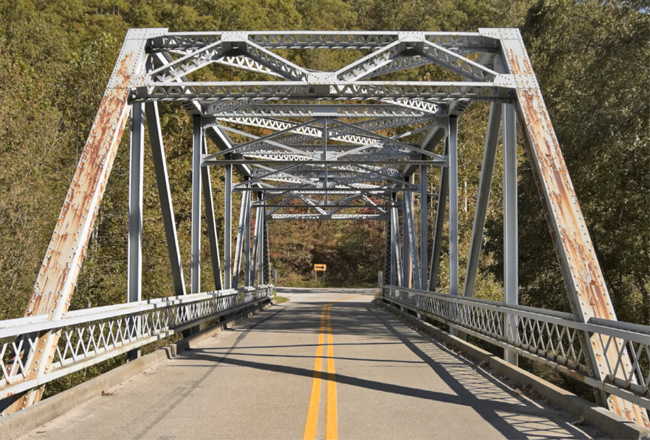DiNapoli: More than $27B needed to fix state’s local bridges
Repairing all the bridges owned by New York’s local governments would cost more than $27 billion, according to a report released today by New York state Comptroller Thomas P. DiNapoli.
While the report said repairing those bridges could prove a major fiscal challenge for local governments, DiNapoli did note that the number of locally owned bridges considered “structurally deficient” has declined in recent years.
“Local communities are facing a big price tag for maintaining and repairing bridges,” DiNapoli said in a press release accompanying the report. “These structures are aging and the cost for repairs will likely only increase over time.”
 Local governments, mostly counties, own 8,834 out of 17,462 bridges in the state, according to the report. Locally owned bridges carry average daily traffic of nearly 33.4 million vehicles.
Local governments, mostly counties, own 8,834 out of 17,462 bridges in the state, according to the report. Locally owned bridges carry average daily traffic of nearly 33.4 million vehicles.
The report found bridges owned by local governments are more likely to be structurally deficient than state-owned bridges. The “structurally deficient” term refers to bridges that are open and considered safe to drive on, but have load-bearing elements in poor condition or are prone to flooding.
The number of structurally deficient local bridges declined from 16.7 percent of all bridges in 2002 to 12.8 percent in 2016, while the percentage of such bridges owned by the state was relatively flat at around 9 percent.
Westchester County’s bridges are less likely to be structurally deficient, relative to other counties. DiNapoli’s report found that 40 of Westchester’s 776 bridges, included state-owned, are considered structurally deficient, about 5 percent. That percentage puts the county 4th lowest among the 58 listed counties. Bronx, Kings, New York and Richmond counties are all combined as New York City for the report.
But the report also looked at bridges designated “functionally obsolete,” meaning bridges that are not considered structurally unsound, but fail to meet current design standards for the amount of traffic they carry.
Downstate bridges tend to be functionally obsolete more often than those upstate, the report found.
Almost half of Westchester’s bridges are considered functionally obsolete, according to the report. That’s fourth highest among all counties.
Regionally, New York City has the highest proportion of functionally obsolete bridges (75.9 percent), followed by Long Island (40.6 percent) and the Mid-Hudson Valley (26.9 percent).
DiNapoli’s office estimates it would cost about $1.3 billion between the counties and other municipalities to fix all the structurally deficient or functionally obsolete bridges in the Mid-Hudson region.
The total cost of needed repairs to all 17,462 highway bridges in the state was estimated at $75.4 billion in 2016 by the U.S. Department of Transportation’s Federal Highway Administration National Bridge Inventory report.
While DiNapoli noted that municipalities are generally responsible for the costs of their own bridges, state and federal funds are available. In 2016, the state created the BRIDGE NY program to support local bridges and culverts. As of January 2017, DiNapoli said the state Department of Transportation had awarded $200.4 million to fund 132 local bridge and culvert projects statewide.
The federal government also provides aid for local bridge projects, primarily through Federal Highway Administration programs.
DiNapoli said local governments “understand the importance of long-term planning for their infrastructure needs but they will need help.”
He said that the “assistance of the federal government has also been critical. Difficult decisions lie ahead, but these infrastructure needs must be addressed.”